About Publications Library Archives
heritagepost.org

Preserving Revolutionary & Civil War History

Preserving Revolutionary & Civil War History

Training the Continental Army As the colonies prepared themselves for war, new militias were formed throughout America, primarily to defend local communities from British aggression. Other units, however, rushed to join their comrades in Boston…
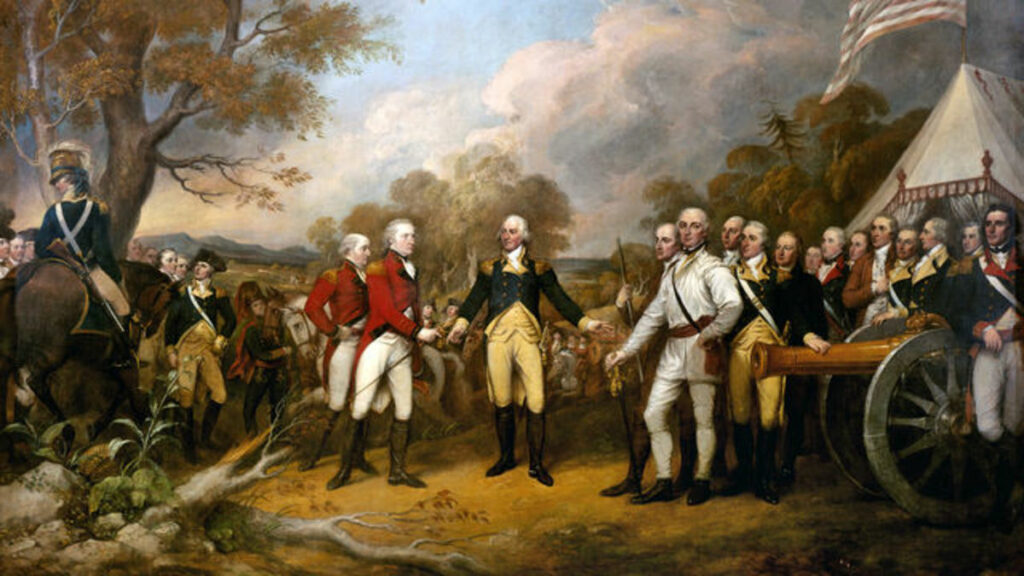
When war erupted in 1775, it seemed clear that Britain would win. It had a large, well-organized land army, and the Royal Navy was unmatched on the sea. Many of the British troops in the…
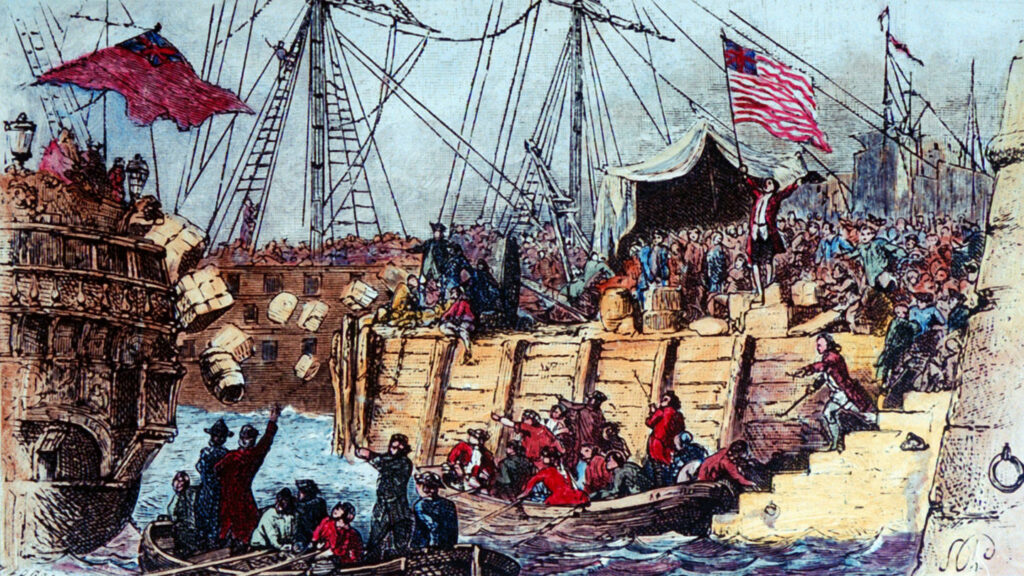
Parliament wasted little time invoking its right to “bind” the colonies under the Declaratory Act. The very next year, in 1767, it passed the Townshend Acts
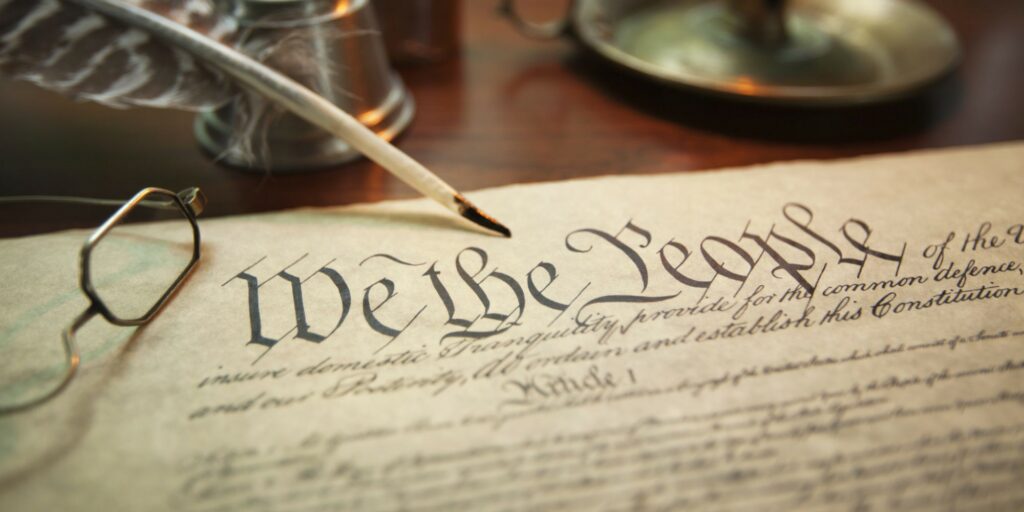
At a meeting of the Second Continental Congress in the summer of 1776, Richard Henry Lee, a delegate from Virginia, proposed that the American colonies should declare their independence from Britain
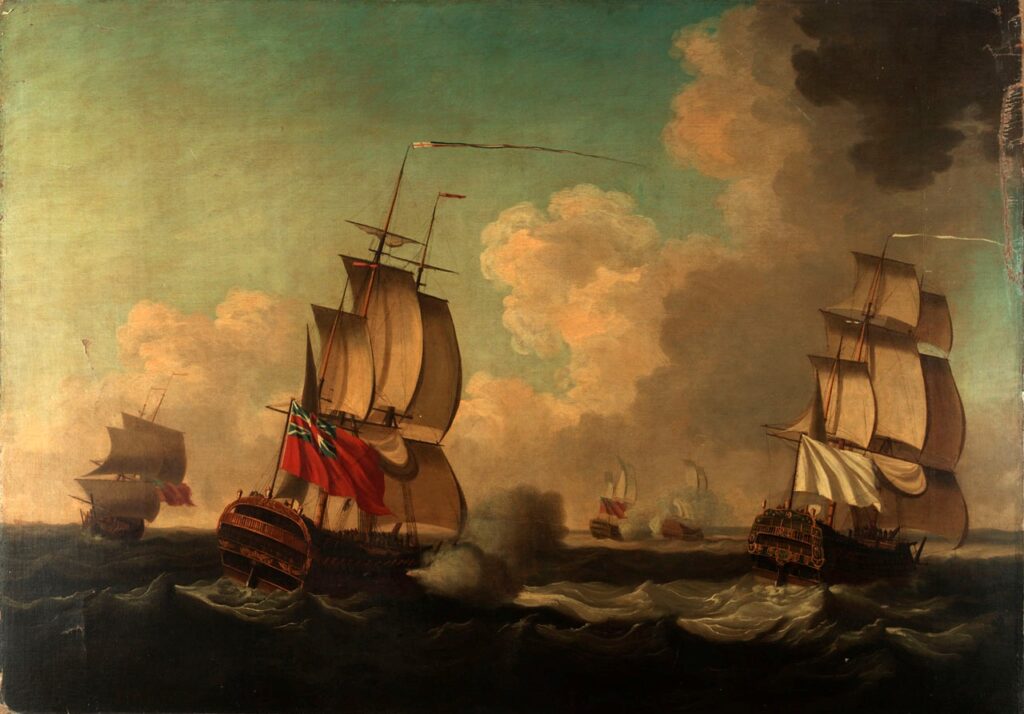
Unlike the previous wars between European powers in the 1700s, the French And Indian War was begun in North America—in the heartland of the Ohio Valley, where both France and Britain held claims to land…

In 1772, Samuel Adams of Boston created the first Committee Of Correspondence, which was primarily an exchange of ideas in letters and pamphlets among members. Within a few years, this one committee led to dozens…
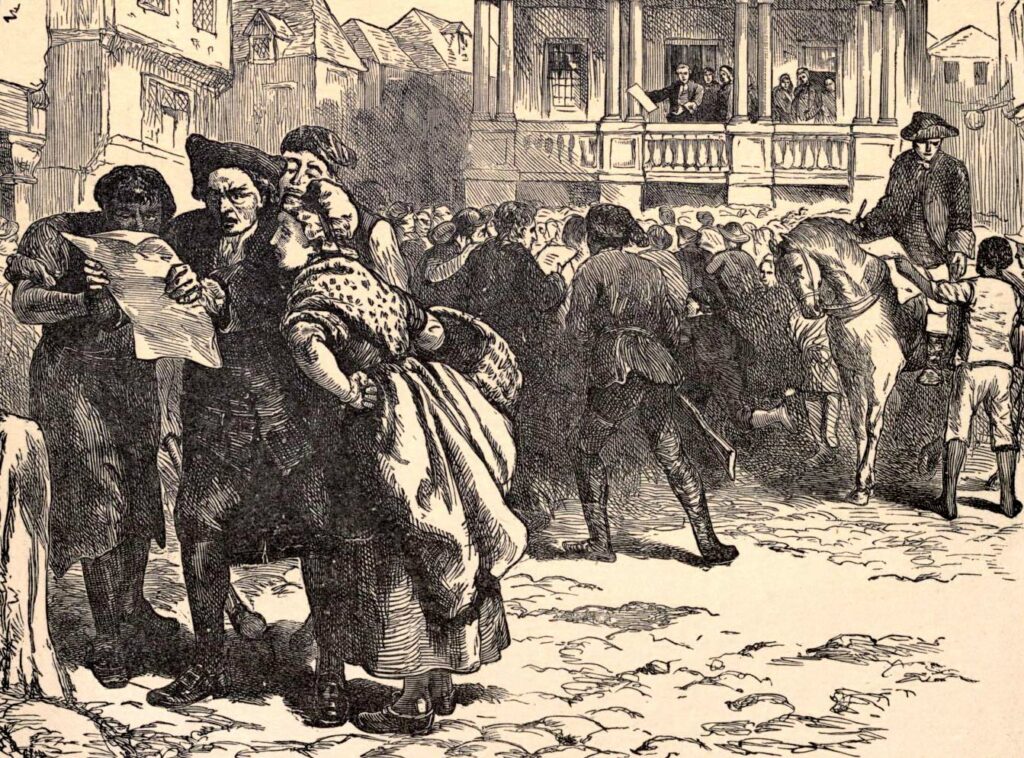
During the period from 1763 to 1775, in the twelve years after the French and Indian War and before the outbreak of the Revolutionary War, colonial distrust of Britain grew markedly, and the emerging united…
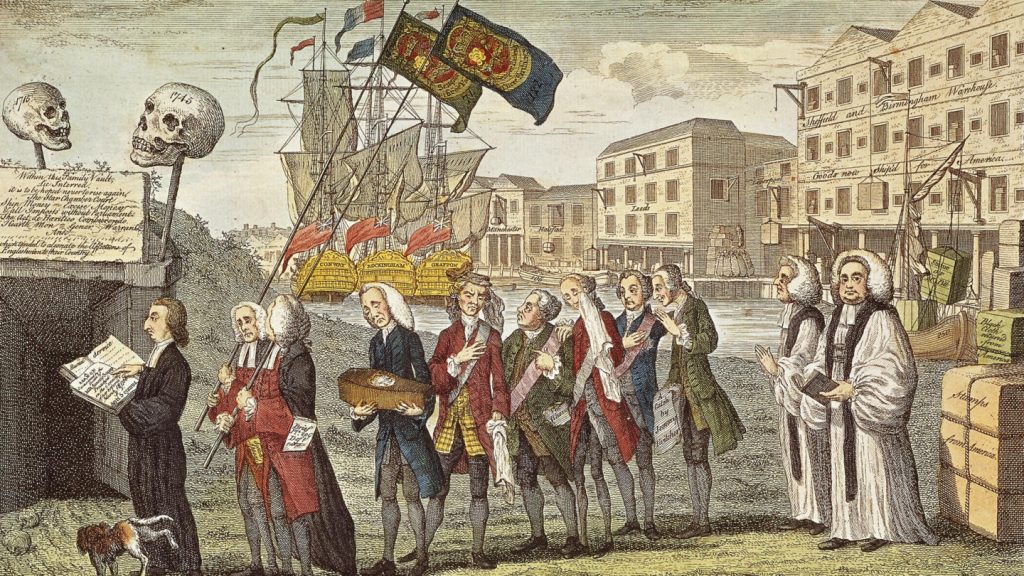
In May of 1765, the news of the impending Stamp Act reached Boston. Starting November 1, 1765, all printed documents would be required by law to carry a stamp. Over the course of the summer…
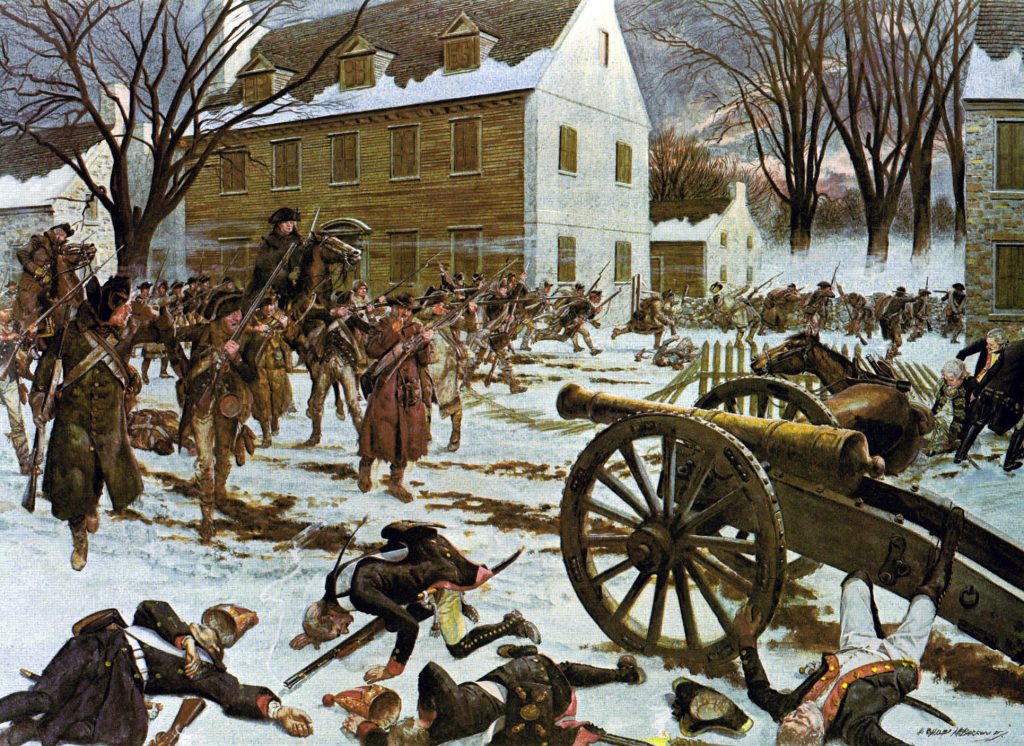
The American Revolutionary War, also known as the American War of Independence was fought between Great Britain and the thirteen British colonies between the years 1775 and 1783. The mutinous colonists declared themselves no longer…